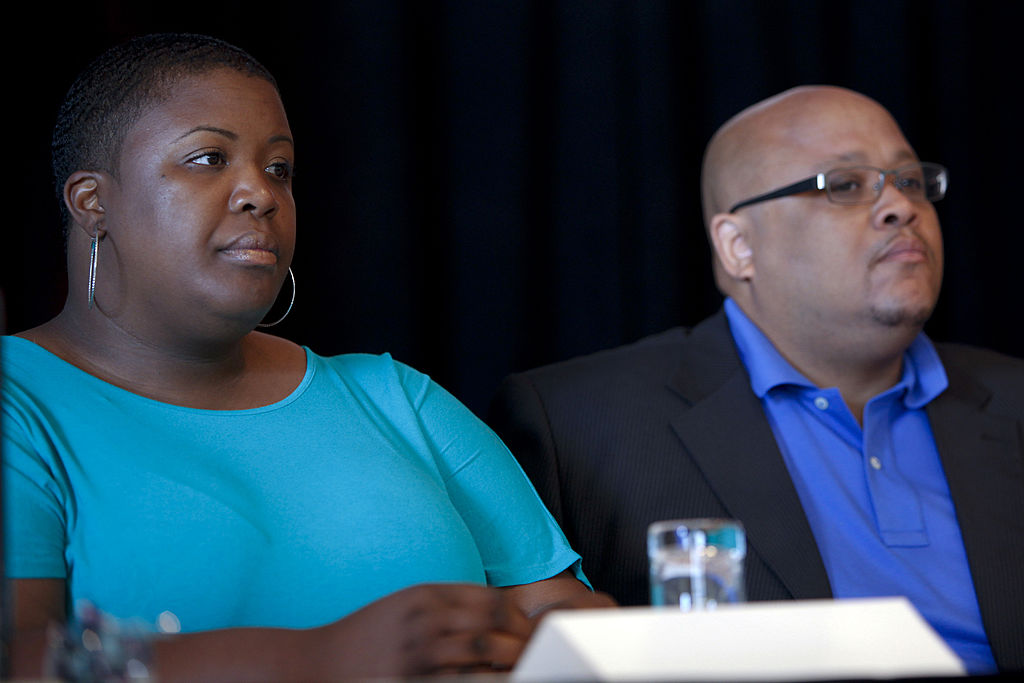Hadiya Pendleton was standing with friends in a park on Chicago’s South Side when she was shot and killed by a gunman who ran toward the group and opened fire. The 15-year-old King College Prep student’s death in 2013 may have never made headlines, except for the fact that she had performed as part of a majorette squad at President Barack Obama’s second inauguration just one week earlier.
As the nation mourns the deadliest school shooting in nearly a decade in Uvalde, Texas, Hadiya’s parents Cleo and Nathaniel Pendleton are hoping murders like their daughter’s will be part of the larger conversation about the thousands of American children who are killed by guns each year—most of whom never receive public attention.
“When you talk about the impact that gun violence has on families, it’s just a mess,” Cleo Pendleton, who spoke with TIME to commemorate National Gun Violence Awareness Day on Friday, says. “We deal with it and we hear about it so frequently that people have started to become numb to it and normalize it.”

Every year, more than 3,500 children and teens—defined as infants through age 19—are shot and killed in the U.S., and another 15,000 are wounded in shootings, according to Centers for Disease Control and Prevention (CDC) data from 2016 to 2020, which was analyzed by Everytown—a nonprofit group that advocates for tougher gun laws and actions to address gun violence.
Of those deaths, 2,100 are homicides—most of them the result of either domestic violence or the kind of street violence that claimed Hadiya’s life.
On average, 1,200 children a year die by suicide with a gun. Another 130 children and teens per year die from unintentional shootings. On average, fewer than 35 children and teens are killed as a result of mass shootings a year—even though, for obvious and good reasons, those tragedies often receive lots of attention.
Experts and advocates like the Pendletons say that, as the U.S. is forced once again to confront the tragedy of children being gunned down in their schools, saving the lives of children will require the country to seriously address gun violence in all forms.
“In general mass shootings account for less than 1% of all firearms deaths in the United States, that’s for all ages,” Dr. Los Lee, an associate professor of Pediatrics and Emergency Medicine at Harvard Medical School says. “When you look at it for children, it’s also less than 1%. So they account for a very small number.”
Read more: What Counts as a Mass Shooting? Why So Much of America’s Gun Violence Gets Overlooked
And the problem is getting worse. Gun violence has trended upwards since the start of the pandemic. In 2020, firearms became the leading cause of death for children and teens. As of June 1, 2022, 686 children have been killed this year as a result of gun violence and 1,700 have been injured, according to the Gun Violence Archive, a nonprofit site that collects gun violence data across the country. (The archive defines children as age infant to 17.)
The majority of these shootings happen within inner-city minority communities. Black children are 14 times more likely than white kids and teens to die as a result of gun violence. Hispanic or Latino children are three times more likely than white kids to die as a result of gun violence. To put it plainly, Black and Hispanic or Latino children are severely more exposed to gun violence than white children.
Over Memorial Day Weekend, 14 people were killed in shootings in Philadelphia. Among the victims killed were Jamel Parks, a 9-year-old and his father, Gerald Parks. They were sitting in a car not far from their home. A 17-year-old boy and a 16-year-old boy were both wounded. In Baltimore over the same weekend, three teens were shot, one fatally, in separate incidents.
“Inner-city shootings, which are also very tragic to the victims and the families in the community, occur more frequently and people can become desensitized to it,” Lee says. “Because of the kinds of communities that are primarily impacted, the public and policymakers are less invested in thinking about gun violence prevention interventions in those areas.”
Cleo Pendelton believes that there’s a “vicious cycle” of gun violence in the U.S., and because the problem appears so unrelenting, many focus solely on law-enforcement solutions. “We need to try more things outside of just locking kids up. We need to put money towards community resources,” Cleo says. “We need to figure out creative solutions to help reduce the likelihood that this perpetual violence is going to continue.”
When it comes to protecting children, Nathaniel Pendleton believes it’s important to invest in community-based solutions. “Politicians don’t live in our neighborhoods, they just don’t. They don’t know the experiences that we deal with. How can you make a decision on something when you have no idea about how people in these neighborhoods think?” Nathaniel says.

With the summer months coming—which usually portends a seasonal uptick in violence—experts and community leaders hope that gun deaths are viewed as a public health issue and are tackled as such. That means there needs to be a comprehensive approach to addressing the problem. In addition to policing, that means community investment, legislation and people on the ground stepping up.
The Pendletons are continuing their activism in their community and beyond with the hopes that people will begin to take this problem seriously—and so other children don’t have to have their lives cut short.
“Let’s stop talking about it. We need to think and do something about it,” Cleo Pendleton says. “Life should be more important than the right to bear arms. Hadiya had the right to live and that right was taken from her.”
More Must-Reads from TIME
- Cybersecurity Experts Are Sounding the Alarm on DOGE
- Meet the 2025 Women of the Year
- The Harsh Truth About Disability Inclusion
- Why Do More Young Adults Have Cancer?
- Colman Domingo Leads With Radical Love
- How to Get Better at Doing Things Alone
- Michelle Zauner Stares Down the Darkness
Write to Josiah Bates at josiah.bates@time.com